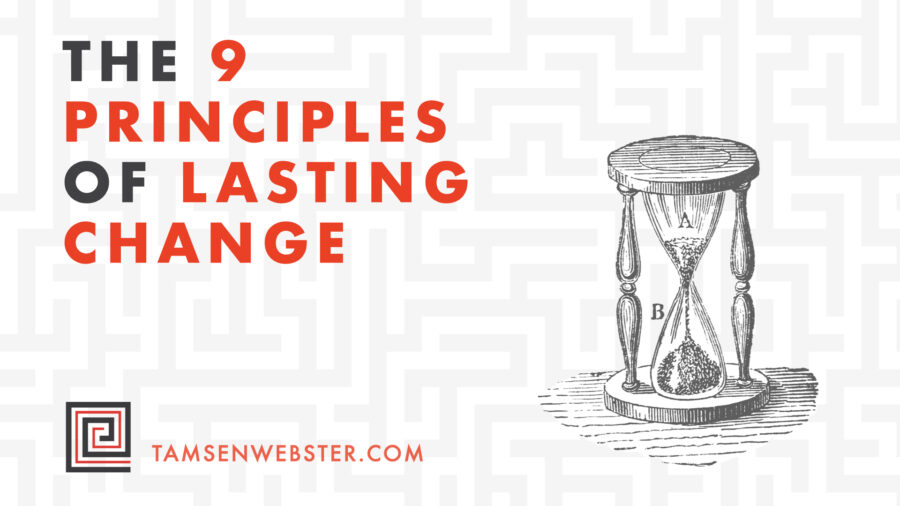No one starts a change expecting it to fail. Whether you’re a leader of an organization that needs to change the way you do business or an innovator that wants to change how business gets done, you want—and maybe even need—that change to succeed. And yet so often it doesn’t. Why?
What turns a “yes” into a “no”?
I believe that to sustain a change you have to sustain the action that creates it. There’s a lot of information out there on the “action” part—how to get people to say yes to what you want them to do. But on the “sustained” part? Yeah, not so much.
Not only that, when you start to dig into persuasion and influence advice, a lot of the principles and techniques for driving action turn out to be the opposite of what someone needs to sustain that action emotionally, physically, and intellectually. That’s not a problem if you only care about how many people say yes or if your goals are met on volume or recruitment more than on commitment or continuation.
But if you also care about how long people continue to say yes—if you care about change—you need to know the principles and techniques that support that. After all, if you can align how you approach a change with the forces that make it endure, it’s much more likely that the change will endure as well.
I’ve spent over 30 years now exploring, understanding, and applying those forces. I’ve used them in the 25 years I’ve worked to help organizations and individuals build buy-in at scale. I’ve also used them to help people achieve much more personal forms of long-term change in the 13 years I spent moonlighting as a weight loss coach. And yes, I’ve used them on myself to stop smoking 30 years ago, to sustain a 50-pound weight loss through 25 years (and two kids!), and, over 15 years ago, to overcome an often debilitating panic disorder that started when I was just 17.
This is what I’ve learned about inspiring change that lasts.
1. Change isn’t just an action, it’s a reaction.
Your approach can just as easily impede a change as inspire one. Align your actions with the reaction you want.
2. Every decision has a story.
Any action someone takes ends an internal argument about why doing so makes sense. If that story makes sense, the decision will too.
3. Principles set patterns.
The actions that people agree with are based on beliefs they already have. To understand an action, understand the outlook that explains it.
4. Identity is the greatest influencer.
People align what they do with how they want to be seen: as smart, capable, and good. Defend that desire as strongly as they will.
5. The deepest beliefs are the hardest to shift.
The longer someone has held a belief, the stronger it will be. Search for something even stronger than what’s standing in the way.
6. Pain is the enemy of long-term change.
Humans are wired to avoid pain—both in the moment and over time. Ask for the largest action that’s easiest for stakeholders to sustain.
7. When two truths fight, only one wins.
Change requires choice. In a battle of beliefs, the strongest source of self survives.
8. You can’t want it more than they do.
Desire can overcome any objection, but yours is no substitute for theirs. You can only influence understanding.
9. There’s no such thing as believer’s remorse.
People don’t regret the decisions they believe are right. Instead of asking for leaps of faith, build bridges of belief.
Will these solve all the challenges of creating change? No (see #1!). But they should help you avoid the most common obstacles that get in the way.
By the way, these nine principles are the focus of my new book, Say What They Can’t Unhear: The 9 Principles of Lasting Change. Buy it now!
Like this content? Be the first to get it delivered directly to your inbox every week (along with a lot of other great content, including my #swipefiles). Yes, please send me the Message Design Newsletter, exclusive information, and updates.
